The Ripstik predates the Ripster by a couple of years and this invention of adventure, recreational transport is a high-speed machine designed for zipping around, taking curves comfortably and at speed. The two, meaning the Ripstik Caster Board and the Ripstik Ripster, have distinct looks, sizes, and features. Both are products of RipStik. There is a mind-boggling range of these boards to pander to any fancy. The ripstick is manufactured by the Razor Company which also is the world’s largest manufacturer of kickstart scooters. Hold my hand and let’s have a good look at them and discover what makes a Ripstik and a Ripster and in the ripstik vs ripster war, who triumphs the other being hugely popular.
Ripstik Caster Board Vs Ripstik Ripster
Ripster & Ripstik Sizes: the Dimensions Explained
We should first explore what we are talking about if we need to get further. A caster board aka waveboard aka vigorboard, also widely known as a Ripstik, is a very original design that has two articulated wheels that make it so much more maneuverable than a classic skateboard, a longboard, or a cruiser board can ever dream of being. Having multiple names creates confusion and you can’t find any difference when considering a waveboard vs. ripstik, both are the same thing.
The ripstik is made up of two separate platforms interconnected by a torsion bar that houses a robust spring. The beauty of this type of board is that you never need to get your feet off the board to move forward.
One of the principal difference is the dimensions; the caster board is the bigger of the two cousins; it is 34” long, 9” wide and 4.5” tall. The two platforms are kept more apart as they are meant for the taller user. We don’t want it too much as the ideal feet placement is as apart as the shoulders. It weighs 8.02 lbs.
The Ripstik Ripster mini is 27” long, all other remaining the same as the caster board except the weight which stands at 4.52 lbs.
Age & Ripster, Ripstik Weight Limit
The weight limit for the caster board is 220 lbs and that for the ripster, 175 lbs. This weight limit also defines the user’s age. The caster board with its higher weight tolerance is well suited for children and mature adults whereas the ripster is for children and teenagers. Kids under 54” in height may have trouble with the larger board. However, both are robust and solid for use by children. That said, it is recommended that children less than 8 years be discouraged from these boards.
Colors
The ripster is sadly stunted in the range of colors on offer; regular red and blue. The caster board goes a whole lot better. You have red, blue, pink, black and silver. Not exactly the entire rainbow, but somewhat more than the ripster and sufficient to project style.
The Decks
This feature is another differentiator between the two. The decks of the caster board are equipped with traction pads built up into spikes which ensure good feet anchoring. A sufficient number of these pads are provided, guaranteeing sure footing. It comes with a kicktail and a nose so some modicum of tricks is a possibility, including getting it airborne, all without getting your feet down. In terms of deck size you will find a difference within the ripsticks category– like ripstik mini vs regular. Other than that there’s not much difference between them.
The ripster also comes with traction pads but not in such profusion as a caster board. Still, the grip is good. A kick tail and a nose is absent as providing one is cut short by its size.
The Wheels and Costs
The caster board has 76mm polyurethane wheels with ABEC-5 bearings; the ripster, with 66mm wheels, the rest of the specs being the same. Faster gliding because of the increase in wheel size is a feature of the caster board which comes with a tag of $50 to $75, the ripster for $30 to $45.
Ripstik vs Ripster: Which One Is an Easier Ride?
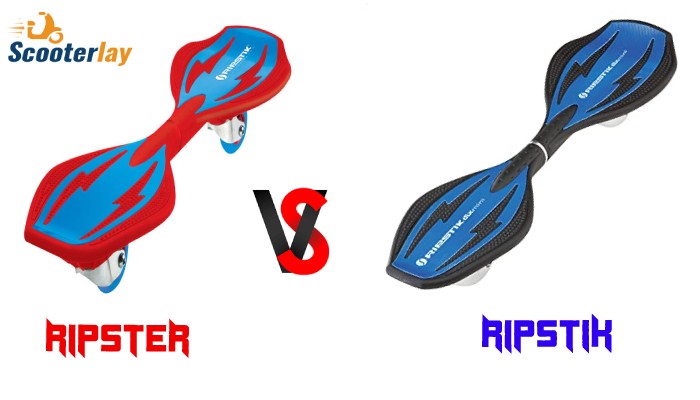
The smaller ripster edges out the caster board in ease of getting the hang of. It is also referred to as Ripstik Mini Caster Board and is also available in green. It is particularly suitable for kids who have used a skateboard or a penny board before. A caster board being wider takes a little getting used to. But children because of their agility are far more comfortable and get used to it swifter than elders. For tricks, the ripster is more suited but you will get immense fun if you know how to ride a ripstik the right way. For cruising and going downhill, the caster board is safer and stable.
A third design also exists, the Ripsurf. It is shaped like a conventional classic surfboard and the two notches are an innovative design to impart torsion to the arrangement. And then there are electric ripstiks too. Again, if you compare the ripstik dlx mini vs ripsters, the difference would be mild in terms of maneuverability.
The demand for more and more customized options has propelled manufacturers to keep churning out different designs and models. If you need to get something a little more specific, chances are you will be able to get something pretty close. So really, you can’t have any excuse for missing out on getting one for your kids, and why kids alone; for yourself. There is a world of fun waiting. Go, dive in.

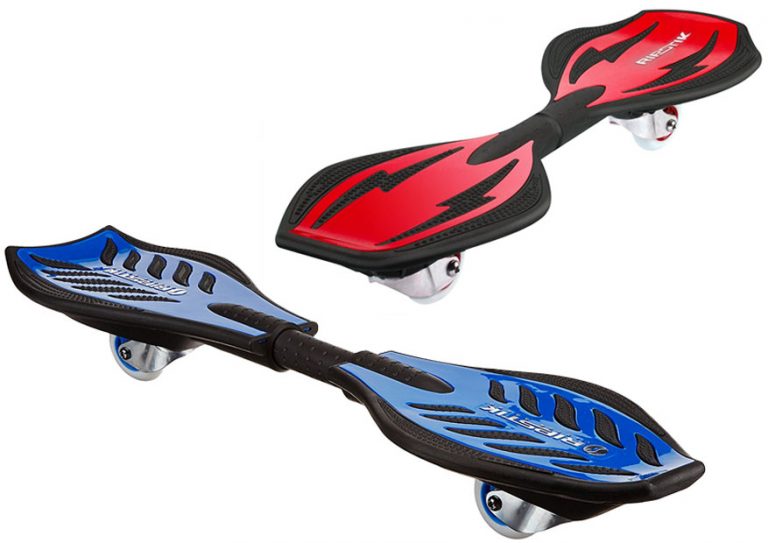
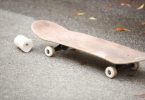
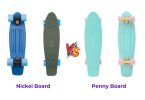
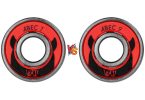
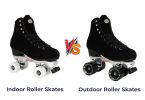
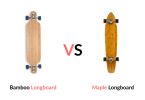


Leave a Comment